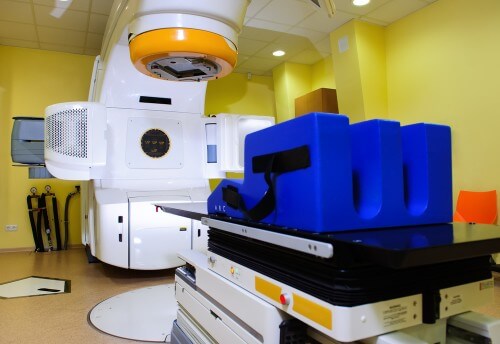A team of researchers from the University of Iceland found new degradation pathways that occur universally when DNA strands are exposed to metal ions from the groups of alkali metals or alkali-ash metals.

[Translation by Dr. Nachmani Moshe]
Scientists now have a better understanding of how short strands of DNA break down in a fraction of a second.
A team of researchers from the University of Iceland found new degradation pathways that occur universally when DNA strands are exposed to metal ions from the groups of alkali metals or alkali-ash metals. These ions tend to convert the protons found in the DNA skeleton and at the same time to initiate a more active structural configuration that tends to break down. The new findings could contribute to improving the effectiveness of radiation treatments for cancer through a greater understanding of how the radiation, and more importantly - its by-products, active intermediate particles, react with the complex DNA structures.
In radiation treatments for cancer, it is not the radiation itself that directly damages the DNA strands, but the active particles obtained from it, which leads to the creation of electrically charged intermediates. In this framework, the scientists investigated one of these charged intermediates that exists in the form of stable hexamers of DNA. To this end, the scientists prepared a number of conjugates consisting of nucleotides and metal ions that include between zero and six metal ions. In the next step, the researchers tested the decomposition reactions of the different conjugates using the method of time-of-flight mass spectroscopy. By comparing the decay rate of the different forms, the researchers were able to deduce the mechanism by which the various metal ions cause the DNA to break down.
The researchers discovered that DNA degradation based on metal ions is universal for all alkali and alkaline-grace metal ions, such as lithium (Li+), potassium (K+), rubidium (Rb+), magnesium (Mg2+) and calcium (Ca2+). The researchers reached the same conclusion in the past also for sodium ions, which are the most common ions in nature, in the form of sodium chloride, which is normal table salt. As soon as the number of sodium ions per nucleotide is large enough, the research shows, these ions initiate an unexpected decomposition reaction of the DNA.
The news about the study

One response
The idea is to do the screenings in pulses (jitters) to minimize damage. This is based on an experience from the past, I received radiation until I was bleeding (the treatment was stopped before its time).